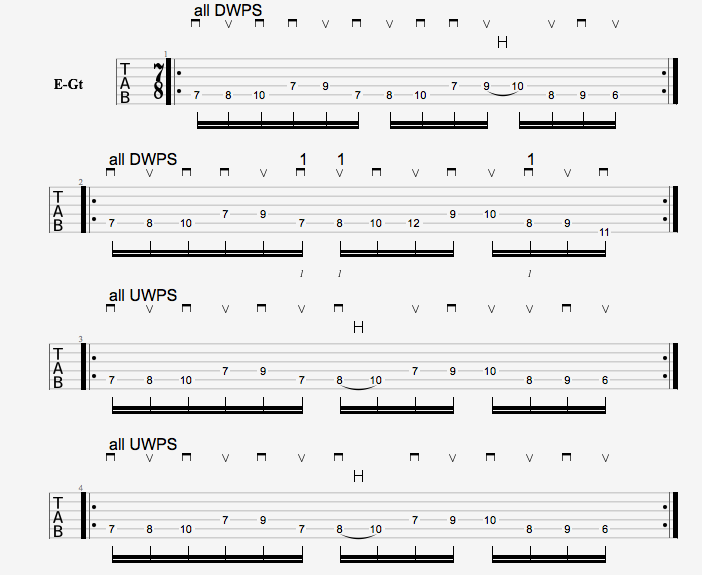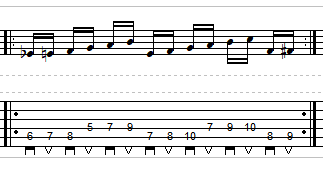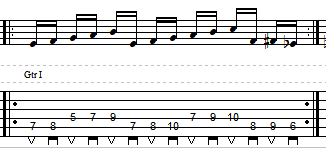Yes, in Yngwie’s case. But he’s playing his own lines, which he is free to write any way he likes.
I think what you’re seeing here is that when you have to play lines that are already written, and those lines don’t easily map to some type of sweeping strategy, sometimes it’s just a whole lot easier to alternate pick it. This is especially true if the fingering is already as simple as it can possibly be, as it is here.
This is one of the reasons you see a lot of alternate picking when you look at players like Chris Thile or Caterina Lichtenberg on mandolin, who both do a lot of (Chris) or almost exclusively (Caterina) classical. I don’t know about Chris, but if someone like Caterina learned the “violin” way, then she can already sightread really quickly using standard violin fingerings/positions. So she’s not going to stop and rearrange the notes to find other fingerings that work if the ones she knows are already working.
Incidentally, there is a lot of sweeping in classical mandolin, to imitate similar violin bowings, like the in Bach violin sonatas and partitas. But those sections are notated as such and classical players can almost sightread that stuff too. It’s wild.
But anyway yes, I think pure alternate is the way to go here for simplicity. Doesn’t really matter whether you call it “two-way pickslanting” or “crosspicking”. We know enough about the actual hand movements now that a line like this should absolutely be playable by everyone if we’re doing our job right.













